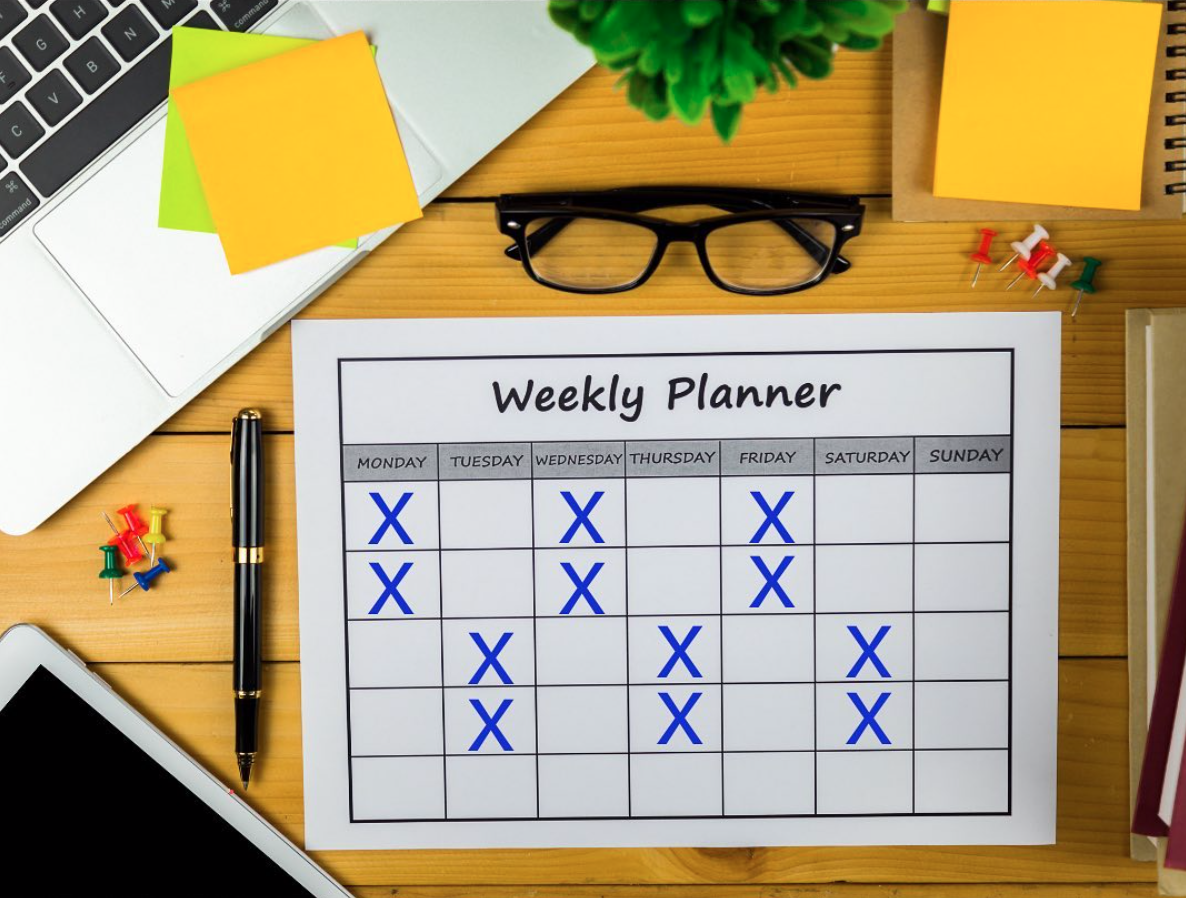Iron EOD Dosing: Taking Iron Every Other Day May be Strategy
The body is programmed to prevent iron overload
Iron deficiency is quite common in women. The main treatment for iron deficiency is to first figure out the cause and then recommend iron supplementation if no serious underlying cause is found. For many women age 20-49, increased blood loss via menstrual cycles contributed to iron deficiency and iron deficiency anemia. Other causes like poor dietary intake and other reasons for increase iron loss or use by the body need to be considered.
A 2017 landmark study suggests taking iron every other day rather than daily might allow better absorption for some patients.
The Paradigm Shift of 2017
In 2017, an interesting study led to major shift in the way we think about prescribing iron. A small but convincing study in Lancet Hematology taught the world that patients who take iron every other day absorb iron better than those who take it daily.
So what patients were included in these studies ?
The researchers performed two trials assessing iron absorption using special isotope labelled iron in iron-depleted (defined as serum ferritin less than 25 μg/L) women aged 18–40.
a) PART 1: Daily vs Every other Day Dosing
In the first study, women were randomly assigned to two groups. One group was given 60 mg iron (as ferrous sulphate) in the morning on consecutive days for 14 days, and the other group was given the same doses on alternate days for twice as long - 28 days. For this study, 40 women were enrolled. 21 women received daily iron and 19 received iron every other day. At the end of treatment (14 days for the consecutive-day group and 28 days for the alternate-day group), cumulative total iron absorption was 131 mg in the daily group compared to 175 mg in the every other day group. Serum hepcidin levels were greater in the consecutive-day group than the alternate-day group (p=0·0031).
b) PART 2: Once Daily BIG Dosing vs Twice Daily LITTLE Dosing
In the second study, women were assigned to two groups. One group was given 120 mg iron in the morning and the other was given 60 mg in the morning and 60 mg in the afternoon for three consecutive days. 20 women were enrolled in this study. Ten women received once-daily dosing and 10 received twice-daily divided dosing. There were no significant differences seen in total iron absorption between the two dosing regimens. However twice-daily divided doses resulted in a higher serum hepcidin concentration than once-daily dosing (p=0·013).
Conclusion and Summary
This study is important. One would think that the more iron they take the more iron they get into the body. That is not true thanks to a protein in the body known as hepcidin. Hepcidin helps prevent iron overload. When we take iron supplements, the body rapidly makes hepcidin as a way to block further iron absorption. One way to trick the body into not making as much Hepcidin is to use iron less frequently.
These 2017 studies were very interesting and supports a notion that prescribing iron on an every other day basis such as Monday, Wednesday and Friday mornings might be ideal. These strategies may limit the body’s production of hepcidin and facilitate iron absorption. These strategies may also limit the gastrointestinal side effects that can happen with iron supplements.
Reference
Stoffel NU et al. Iron absorption from oral iron supplements given on consecutive versus alternate days and as single morning doses versus twice-daily split dosing in iron-depleted women: two open-label, randomised controlled trials. Lancet Haematol. 2017 Nov;4(11):e524-e533. doi: 10.1016/S2352-3026(17)30182-5. Epub 2017 Oct 9.
This article was written by Dr. Jeff Donovan, a Canadian and US board certified dermatologist specializing exclusively in hair loss.

